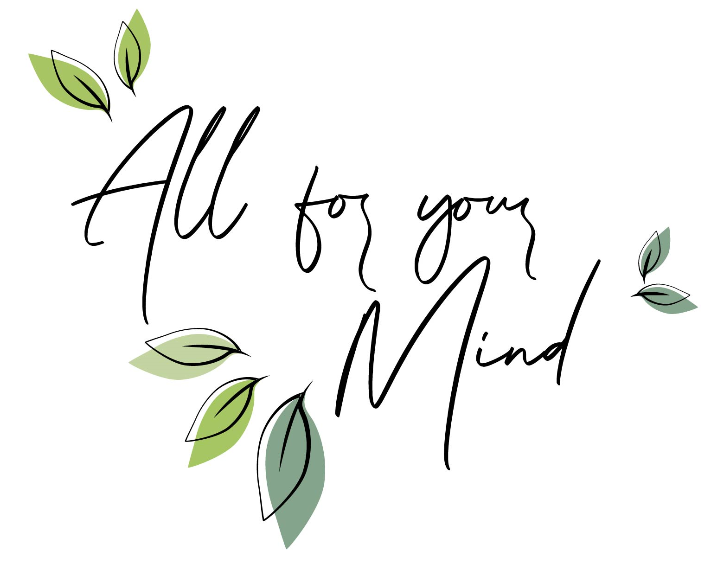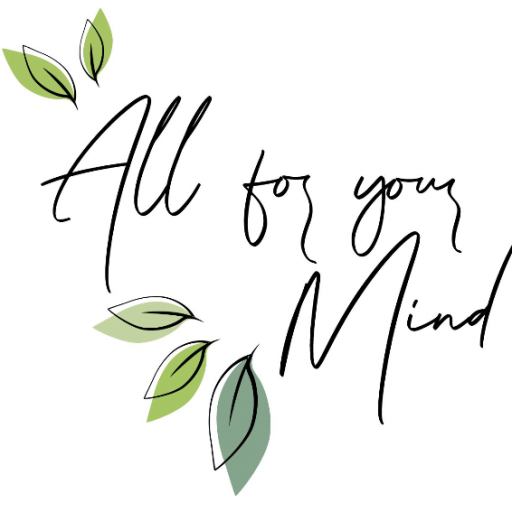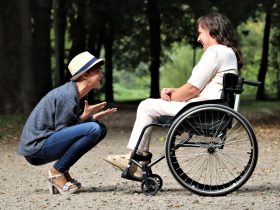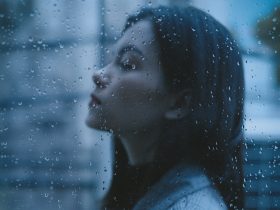Bipolar Disorder, also known as manic-depressive illness, is a mood disorder that affects more than 7 million people in the United States. It causes dramatic shifts in mood, energy, and activity levels. These shifts can be so extreme that they interfere with someone’s ability to carry out everyday tasks or cause them to have psychotic episodes.
The most common type of bipolar disorder is called Bipolar I (formerly known as “manic depression”). People with this condition experience at least one episode of mania and often suffer from depressive periods as well. This article will go into detail on some of the main features of bipolar disorder.
Bipolar disorder is a mental health condition that causes dramatic mood swings
It can be difficult to diagnose because the symptoms vary from person to person. The two main features of bipolar disorder manic and depressive episodes, which alternate with periods of normal moods. A manic episode may include feelings of euphoria, increased energy, decreased need for sleep or food, racing thoughts, and reckless behavior. A depressive episode may include feelings of sadness or hopelessness. It also includes difficulty concentrating; changes in weight or sleeping patterns. Not to mention the loss of interest in activities once enjoyed; thoughts about death or suicide. To remember:
- Manic episodes take place in a period of at least one week. During this, the person has had an unusually high mood, increased activity or energy, and less need for sleep
- Depressive episodes also take place in the period of at least one week. During this, the person has had low moods, decreased activity or energy, and more need for sleep
- Bipolar disorder is typically diagnosed in people aged 18-25 years old when they have experienced two manic or depressive episodes
The four types of Bipolar disorders
There are four types of bipolar disorders: Bipolar I, II, cyclothymic disorder (a milder form), and schizoaffective disorder (which includes symptoms of both schizophrenia and bipolar).
Bipolar I
This type includes manic episodes (feeling overly excited or irritable), depressive episodes (feeling sad or hopeless). It also includes mixed states (having symptoms of both mania and depression). It also includes periods without any symptoms between these episodes. The most common age for onset is 25 years old.
Bipolar II
This type includes hypomanic episodes (less intense than manic episodes but still feeling very good), depressive episodes, mixed states as well as periods without any symptoms between these two types of episodes, called euthymia. The average age for onset, in this case, is 31 years old.
Cyclothymic disorder
This type consists only of hypomanic and depressive cycles that last about 2 months each. The symptoms can be severe enough to cause disability, but the majority of people with cyclothymic disorder experience milder symptoms that do not have a significant impact on their daily lives. Treatment includes psychotherapy and medications such as antidepressants or mood stabilizers.
Schizoaffective disorder
Schizoaffective disorder is a combination of schizophrenia and affective disorders. People with this condition experience symptoms of both disorders during the same time period, such as depression and hallucinations. Schizoaffective disorder is a mental illness that causes shifts in mood and personality.
If you’d like to know what some of the signs of bipolar are, check out our article on how to know if you’re bipolar.


















13 Comments